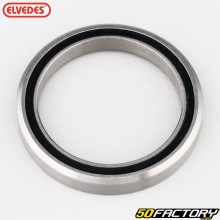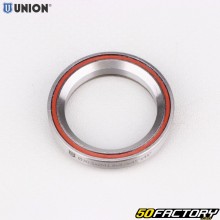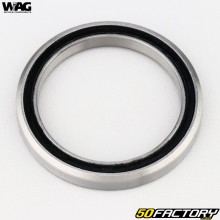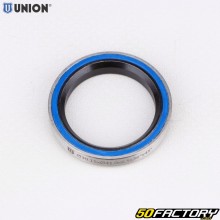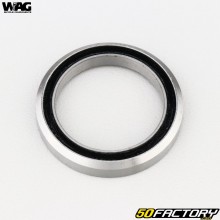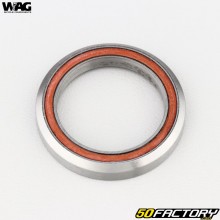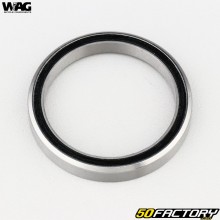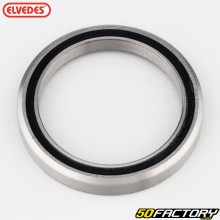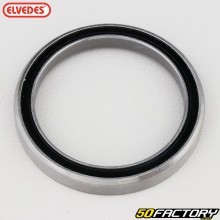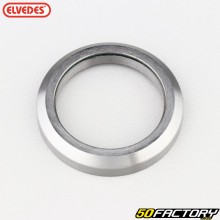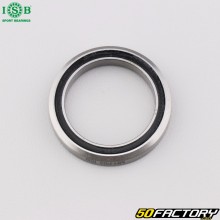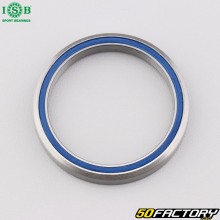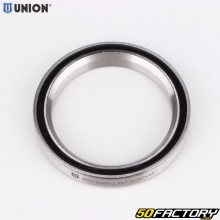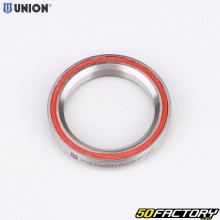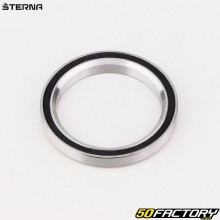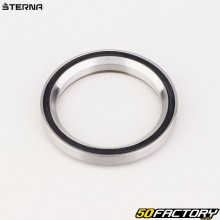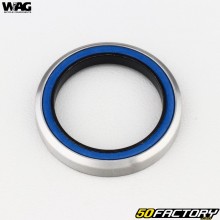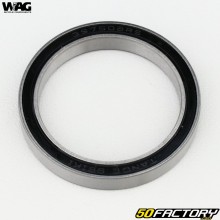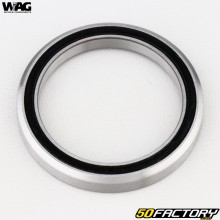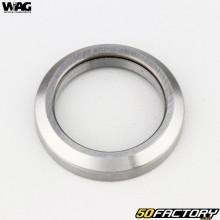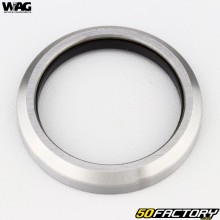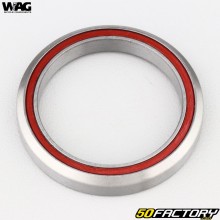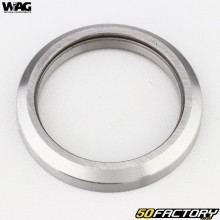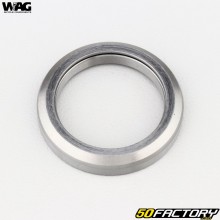 Steering bearing
Steering bearing
- IN STOCK1€90
- IN STOCK2€00
- IN STOCK14€70
- IN STOCK11€20
- IN STOCK13€80
- IN STOCK11€30
- IN STOCK15€90
- IN STOCK27€90
- IN STOCK13€60
- IN STOCK11€20
-
- IN STOCK17€60
- IN STOCK11€60
- IN STOCK18€70
- IN STOCK17€70
- IN STOCK34€70
- IN STOCK14€70
- IN STOCK13€80
- IN STOCK13€60
-
- IN STOCK32€40
- IN STOCK10€10
- IN STOCK16€20
- IN STOCK18€00
- IN STOCK18€10
-
- IN STOCK10€70
- IN STOCK12€40
-
-
- IN STOCK15€90
- IN STOCK11€90
- IN STOCK7€90
- IN STOCK9€90
- IN STOCK18€90
- IN STOCK19€70
- IN STOCK19€70
- IN STOCK17€20
- IN STOCK21€10
- IN STOCK24€40
- IN STOCK21€10
- IN STOCK18€90
Understanding the role of the steering bearing in a trekking VTC
Operation
The head bearing is a key component of your trekking VTC's steering system. It is located inside the steering column and allows for smooth rotation of the handlebars and fork. In concrete terms, it reduces friction between the different parts of the headset, ensuring precise and effortless handling. The proper functioning of the head bearing is essential to allow the cyclist to effectively control their bike and maneuver safely, whether in the city, on country roads or during more demanding treks.
Importance for performance
A healthy steering head bearing is crucial to the overall performance of your trekking bike. It provides responsive and precise steering, which is essential for technical trails or long hikes. Smooth steering also improves ride comfort, reducing arm and shoulder fatigue. All in all, it contributes to a safe and enjoyable riding experience. Additionally, a quality steering head bearing can help prevent unwanted vibrations and contribute to better shock absorption, which is especially beneficial for long rides or rough terrain.
The different types of bearings
Integrated
Integrated headset bearings are integrated directly into the bike frame. They are housed in cups machined into the frame, providing a clean aesthetic and weight savings. This type of bearing is typically used on high-performance bikes. For riders looking for aesthetics and efficiency, this is a preferred option.
Semi-integrated
Semi-integrated, or internal, bearings are inserted into cups that are themselves pressed into the frame. This type of bearing combines the advantages of both integrated and external bearings, providing good protection from the elements while being relatively easy to maintain and replace. It is a popular choice for those seeking a compromise between performance and ease of maintenance.
External
External headset bearings are mounted on the outside of the frame. This type of bearing is often more robust and easier to maintain than integrated or semi-integrated types. They also offer better load capacity, making them ideal for trekking bikes that often carry heavy loads. Riders who plan to trek with extra luggage may therefore prefer this type of bearing.
How to choose the right bearing
Depending on the type of bike
The choice of head bearing depends in part on the type of frame your trekking hybrid bike has. Modern carbon or aluminum frames often use integrated or semi-integrated bearings for aesthetic and weight saving reasons. Older or steel frames may use external bearings for strength and ease of maintenance. Understanding the specifics of your bike is essential to making the best choice.
Depending on performance requirements
Your riding style and the conditions in which you use your trekking bike also influence the choice of steering bearing. If you practice trekking bike intensively or on rough terrain, it is recommended to choose high-quality steering bearings that offer great durability and excellent resistance to the elements. Sealed bearings, such asar example, are an excellent choice for wet or muddy conditions.
Depending on the make and model of the bike
Each bike brand and model may have different specifications for headset bearings, so it is crucial to check the manufacturer's recommendations to ensure compatibility. Using bearings specific to your model ensures a perfect fit and optimal performance.
Consider quality and price
Finally, quality and price are two other important factors to consider when purchasing a steering bearing. It is best to invest in a high-quality steering bearing that will last longer and provide better performance. However, it is important to find a balance between quality and price to ensure that you are getting the best value for your money.
Replacement
Identify signs of wear
Signs of worn steering head bearings can manifest themselves in a variety of ways. You may notice less smooth steering, clicking or grinding noises when turning the handlebars, and excessive play in the handlebars, which is a sign of a worn bearing. If these symptoms appear, it is probably time to check and replace your steering head bearings. It is important not to ignore these signs, as they arear This can lead to more serious problems, affect the safety of your driving and compromise the overall performance of your trekking VTC.
The necessary tools
To replace a steering bearing, you will need a few basic tools: an Allen wrench, a rubber mallet, a bearing puller, and a bearing press. Also, make sure you have a clean and well-lit work area. It is also recommended that you have work gloves on hand to protect your hands during the process.
The steps of replacement
1. Remove the front wheel and fork. This step requires some caution to avoid damaging other components.
2. Use the bearing puller to remove the old bearings. Be careful not to damage them when removing them.
3. Thoroughly clean the inside of the steering column. This is an important step to ensure proper installation of the new bearing.
4. Apply a thin layer of grease to the new bearings. This will help reduce friction and extend their life.
5. Use the bearing press to install the new bearings evenly. Make sure they are properly aligned before pressing them into the frame.
6. Reassemble the fork and front wheel. Check that everything is seated properly and tightened.
7. Adjust the headset to ensure smooth rotation. A bearing that is too tight or too loose can affect the performance and safety of your trekking VTC.









